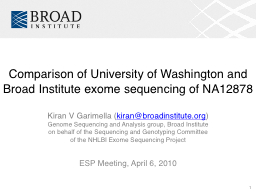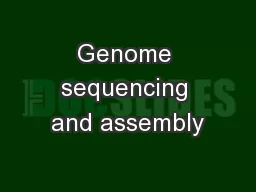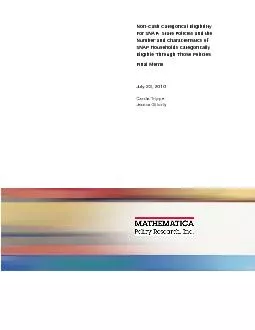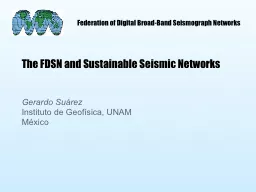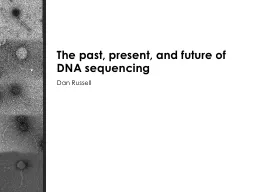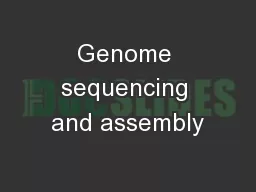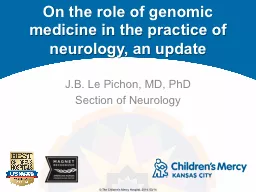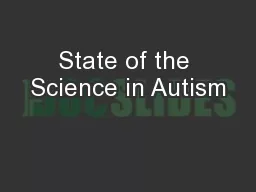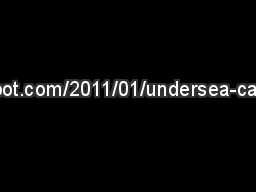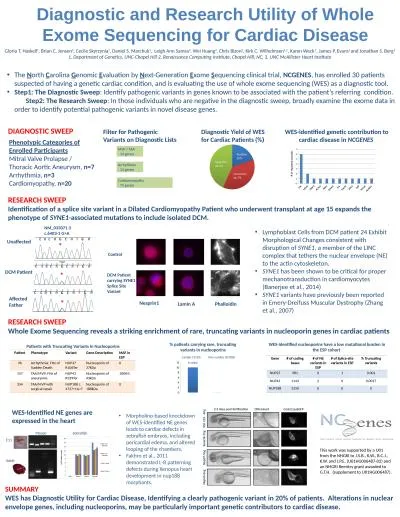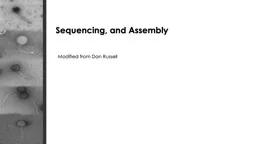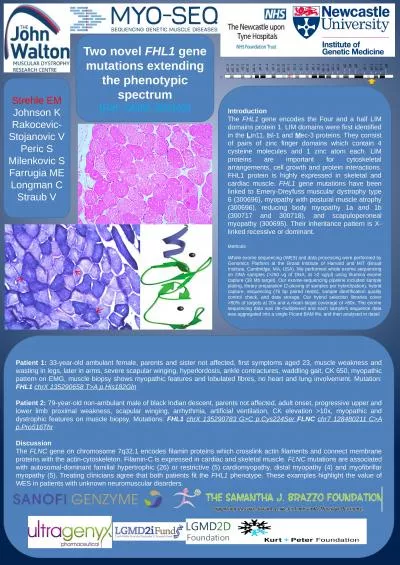PPT-Comparison of University of Washington and Broad Institute exome sequencing of NA12878
Author : carny | Published Date : 2023-06-25
ESP Meeting April 6 2010 1 Executive Summary Sequenced sample NA12878 at University of Washington UW and the Broad Institute BI shared the resulting data and compared
Presentation Embed Code
Download Presentation
Download Presentation The PPT/PDF document "Comparison of University of Washington a..." is the property of its rightful owner. Permission is granted to download and print the materials on this website for personal, non-commercial use only, and to display it on your personal computer provided you do not modify the materials and that you retain all copyright notices contained in the materials. By downloading content from our website, you accept the terms of this agreement.
Comparison of University of Washington and Broad Institute exome sequencing of NA12878: Transcript
Download Rules Of Document
"Comparison of University of Washington and Broad Institute exome sequencing of NA12878"The content belongs to its owner. You may download and print it for personal use, without modification, and keep all copyright notices. By downloading, you agree to these terms.
Related Documents

